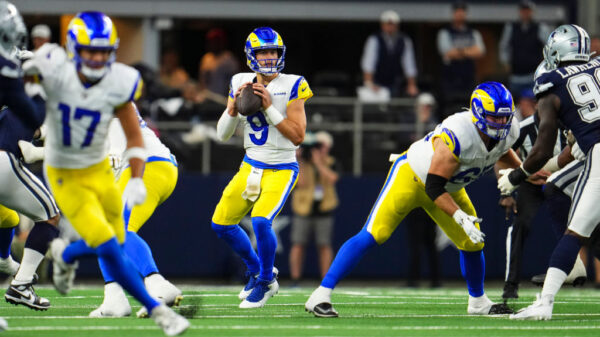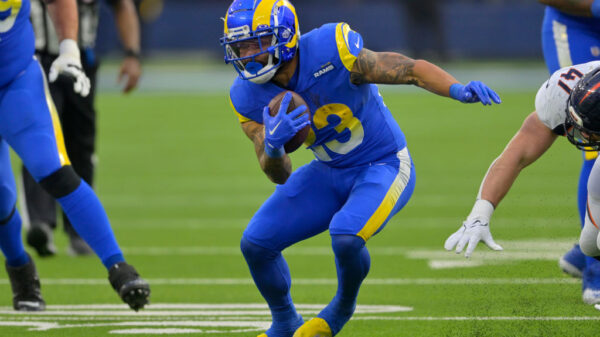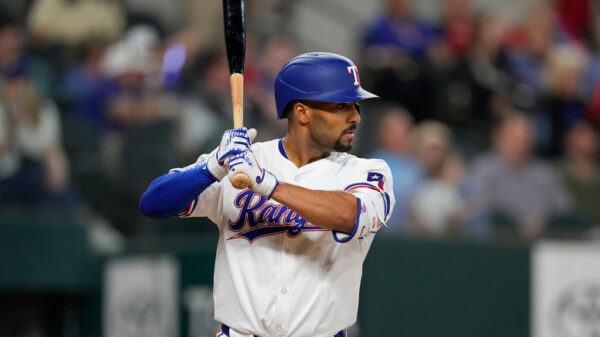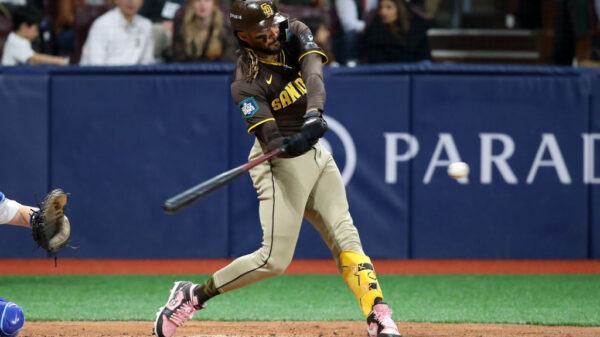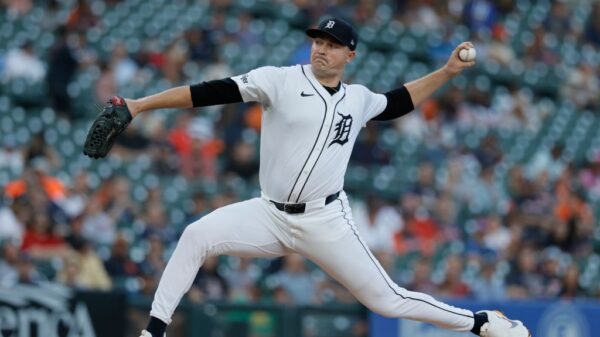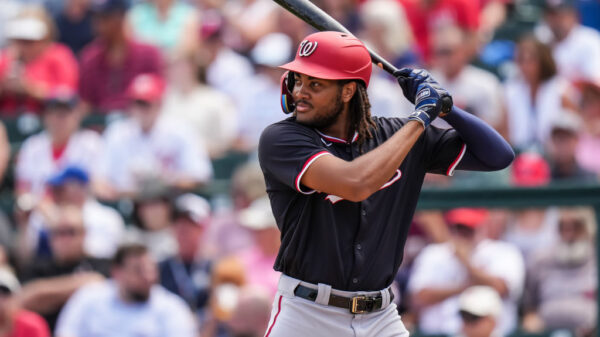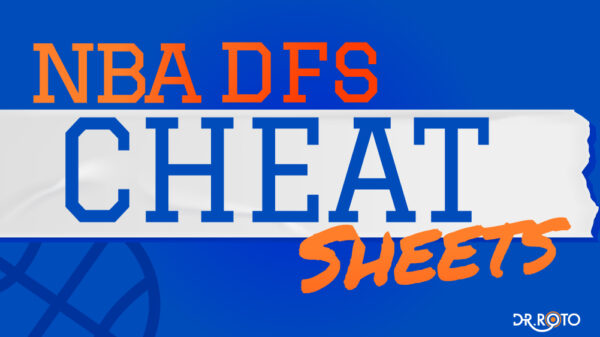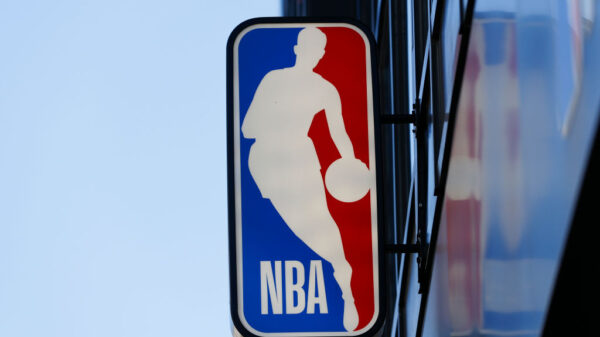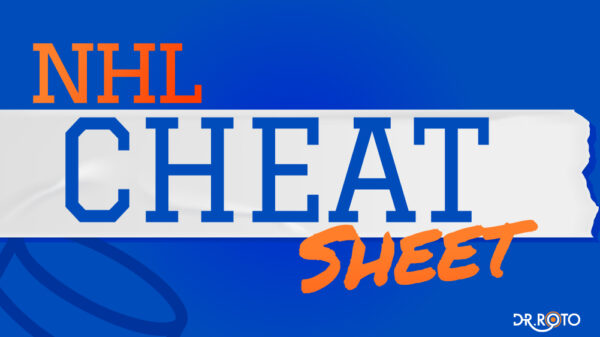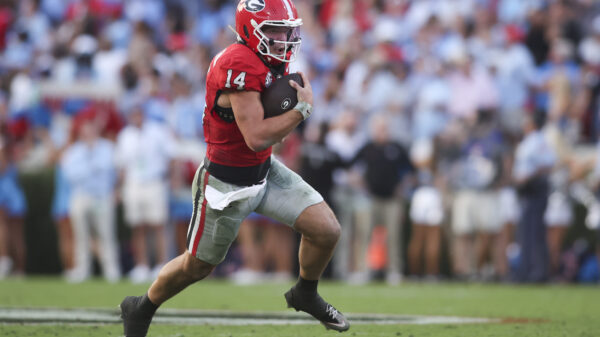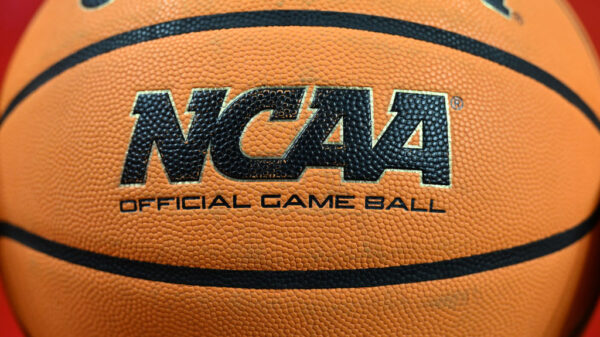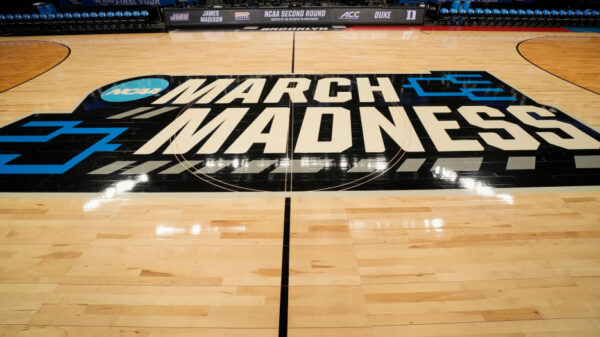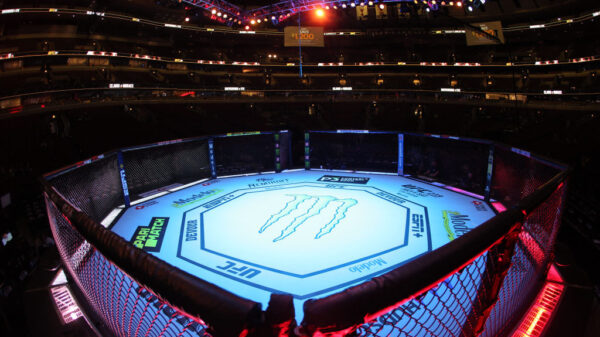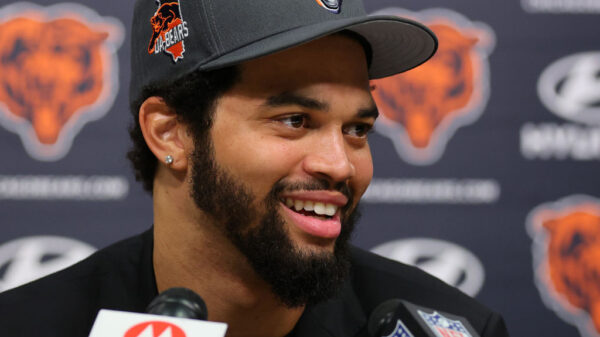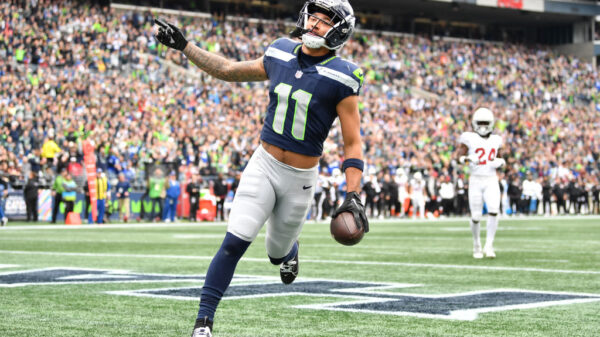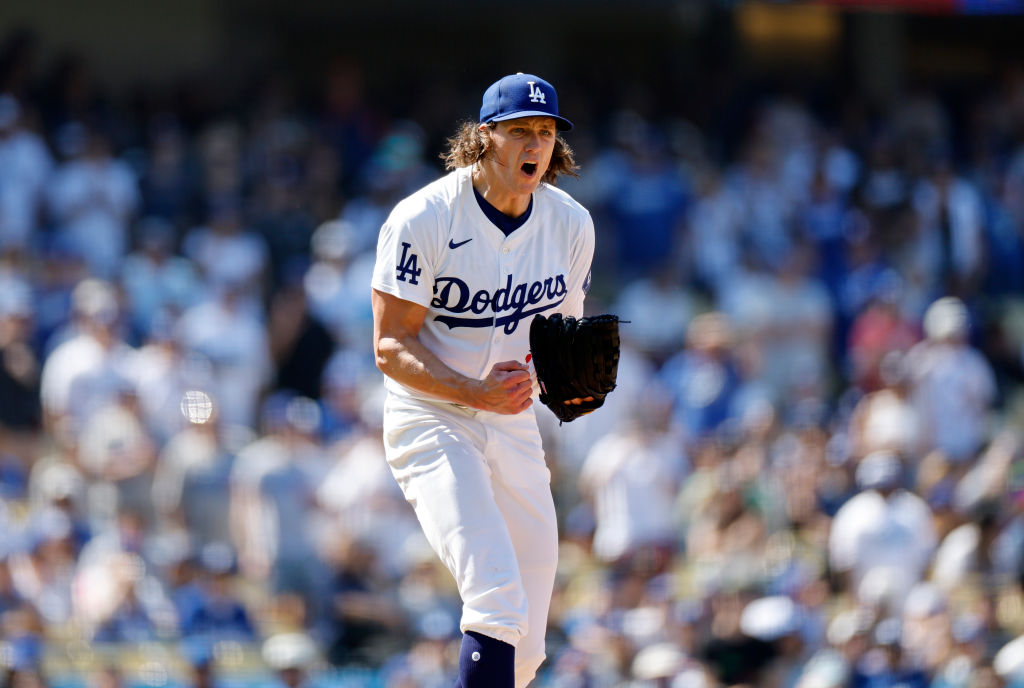
Each day of the baseball season is the gift that keeps on giving. There’s never a shortage of excitement and things to note, so let’s take a look at some items that caught my attention.
Power Reigns in Arizona
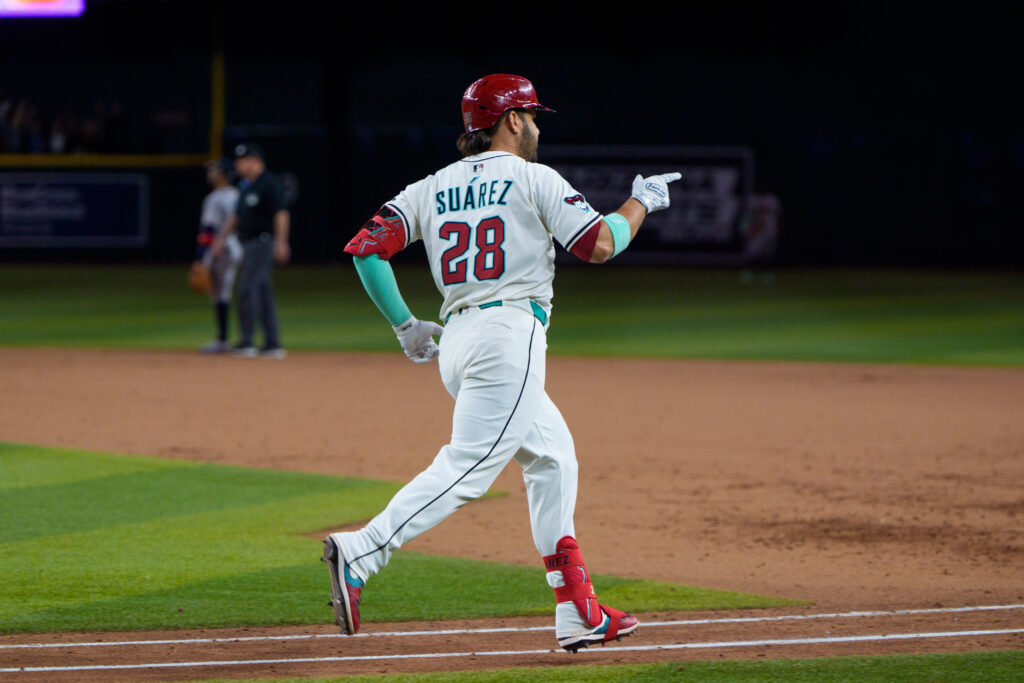
The craziest thing of all from Saturday’s game might be that Arizona lost. In the process, though, Eugenio Suarez hit four home runs. In general, it’s been a strange season for the third baseman, but how surprising is that? Home runs have come in bunches for Suarez, and he’s already up to 10 on the season. No one is going to complain about that production, but with just 20 RBI, there is a one-sided nature to it. The fact that Suarez is only hitting .206 shouldn’t come as much of a surprise, but it is on the lower side for the career .248 hitter. With a .351 ISO, Suraez’s power is at an extreme level, and he’s also posting career highs with a 20.3% barrel rate and 59.4% hard hit rate. The batting average depresses Suarez’s value, but he shouldn’t be ignored.
A Reinvention in the Bronx
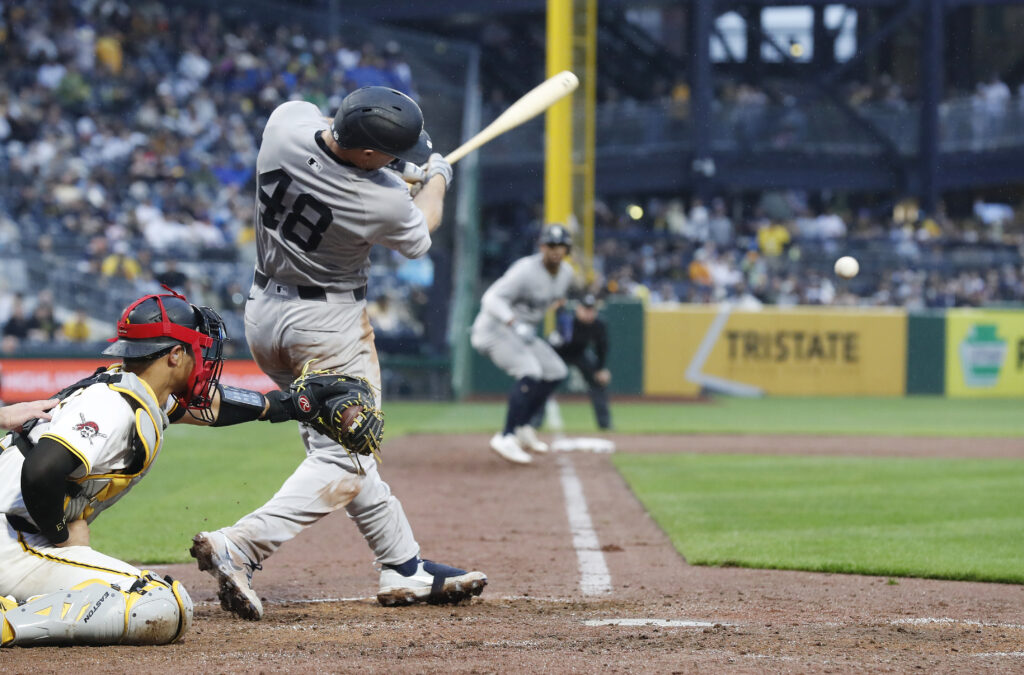
With Paul Goldschmidt now in his age-37 season, there has been a lot said about his demise. As players age, that’s only natural, and after an All-Star level career, at some point, that production won’t remain sustainable. In the second half of last season, things did look better for Goldschmidt, but his batting average fell to .245, and perhaps more concerning, his ISO was just .169. That’s a far cry from his .220 career mark, but as he reinvents himself, Goldschmidt’s production is following a similar trend. However, it might be for the better. What Goldschmidt is sacrificing in power, he’s gaining in overall production. The problem, though, is that his .109 ISO is really depressed, and he’s not even close to being a powerful first baseman. Yes, Goldschmidt is hitting .365, but he also has a .451 BABIP. While he did have a .310 xBA entering play on Sunday, Goldschmidt also had a career low 7.5% barrel rate. We should give credit to Goldschmidt for finding a way to remain productive, but we do need to adjust our expectations.
Marte Isn’t Going Back
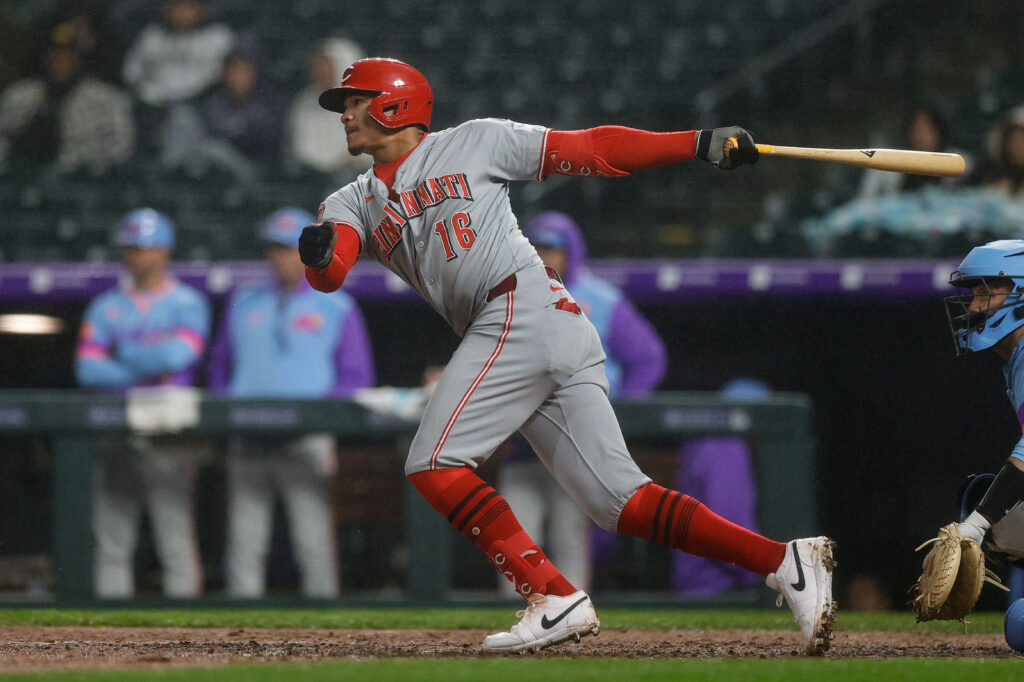
The problem began with an 80-game suspension, and things never got going for Noelvi Marte. He did play 66 games with the Reds, but the production wasn’t there. After hitting just .210 with four home runs and 18 RBI while striking out 31% of the time, Marte began the 2025 season in Triple-A. Injuries led to Marte getting the call to Cincinnati, and it looks like the Reds are going to be stuck with him all season. Matt McLain’s injury gave Marte his first opportunity, and then an injury to Christian Encarnacion-Strand followed. Prior to the latter’s injury, he was struggling and didn’t do enough to secure playing time upon his return. Jeimer Candelario’s struggles also point to extended playing time for Marte. However, it’s his success that will keep him in the lineup. After three hits on Sunday, Marte is batting .364 with three home runs and 15 RBI in 47 plate appearances. He’s also added four stolen bases while striking out just 12.8% of the time. While he won’t stay this hot, this could be what we’ve been waiting for from the former prospect.
Could Beck be Sticking?

Coors Field certainly helps. Every Colorado Rockies player automatically garners some attention, but this year is tougher than others. Quite simply, they are not good. And that might be kind. If there’s some optimism to be found, it might be with their former top prospect and draft pick in Jordan Beck. Strikeouts are going to be an issue here, 36% through 16 games, but Beck also has some loud tools. If we can get past that, good things do happen when Beck makes contact. Both his power, five home runs, and speed, four stolen bases, have been on display along with a modest .256 batting average. Beck’s .395 ISO, 24% barrel rate, and 52% hard hit rate do allow us to live with the strikeouts. Granted, his .211 xBA isn’t ideal, but he’s better than any other options Colorado has, and there’s nothing wrong with betting on the tools.
The Dodgers Need Pitching
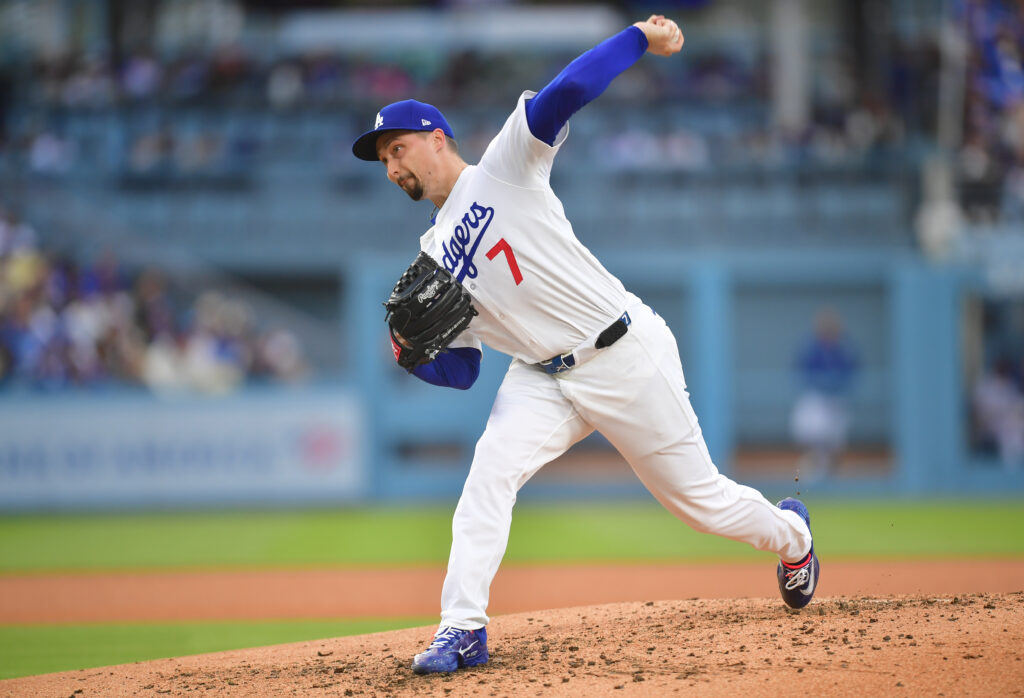
Yes, I know what I said. I’m also very aware of how truly insane that sounds based on what the Los Angeles Dodgers’ roster looked like heading into the season. But as Tyler Glasnow exited Sunday’s game, here we are. Again, it’s the end of April, and while the Dodgers reserve the right to be cautious, we are also dealing with some real injuries. Granted, they might be slow-playing the returns of Shohei Ohtani and Clayton Kershaw, but these are all legit injuries. It also speaks to the perilous nature of pitching. It would be an overreaction to say that the Dodgers are in trouble, but things might not be as easy as previously expected. Glasnow has been no stranger to injuries, and he was forced to modify his delivery to help take stress away from his elbow. The problem is that he relocated that stress to his shoulder. Los Angeles is also without Blake Snell. This leaves the Dodgers thin, once again. Assuming Glasnow hits the Injured List, their current rotation consists of Yoshinobu Yamamoto, Roki Sasaki, and Dustin May. The return of May has been tremendous, but the Dodgers will now be forced, once again, to rely on their bullpen. One name to keep an eye on, though, in their quest for innings is Ben Casparius and his 2.91 ERA to begin the season. No one is going to have sympathy for the Dodgers. It’s also easy to have forgotten about Tony Gonsolin, but he makes his return on Wednesday this week.
Brown Allows a Run
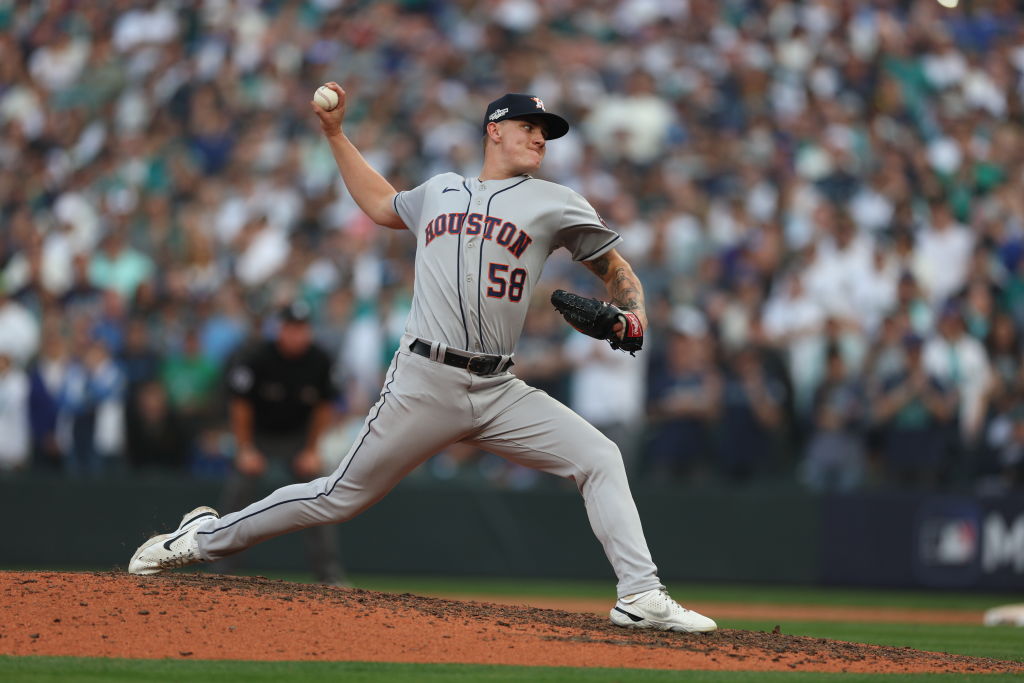
We are just six starts into the season, but I’m not sure it’s too early to say we have an early favorite for the AL Cy Young. After allowing one run in six innings of work on Sunday, Hunter Brown’s ERA actually jumped to 1.22 on the season. It wasn’t the sharpest of outings for the right-hander as he allowed seven hits, but it helped that he only walked one batter while striking out nine. It was the fourth victory for Brown, whose 1.81 FIP and 2.86 xERA point to sustained and continued success. Once again, he’s striking out more than a batter per inning, but the big development is seeing Brown’s walk rate decrease from 3.18 to 1.70 per nine innings. When you combine that with a 51.7% ground ball rate and just 0.24 home runs allowed per nine innings, his success shouldn’t come as a surprise.
The Pitching Lab Works
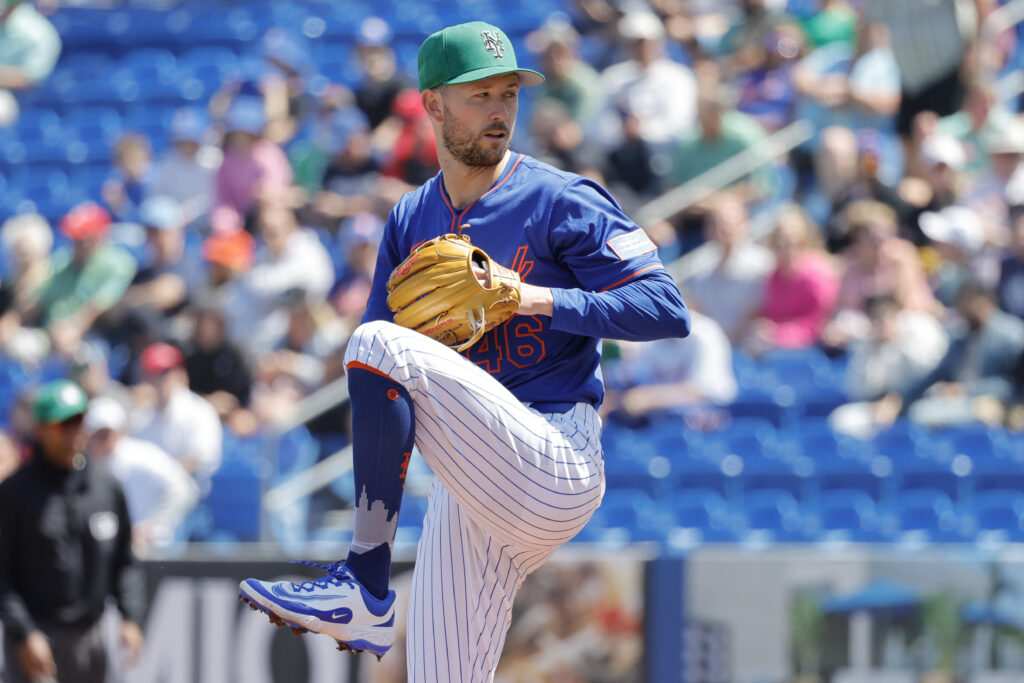
For a period of time, it seemed like nothing was really working for the Mets from an organizational perspective. It’s one thing to sign players and make monetary commitments via contracts, but it’s another to truly invest in the infrastructure. Under the current New York Mets regime, that certainly has been the case. There are many examples of this we can point to, but one takes the mound Monday afternoon. After the Atlanta Braves let Griffin Canning go, you had to wonder if the right-hander had anything left. I mean, the former top prospect had a 5.19 ERA last year in 32 starts for the Angels, and we know that they need pitching. Through five starts this year, Canning’s ERA has dropped to 3.12, and he’s back to striking out a batter per inning. With a career-high 53.4% ground ball rate, Canning has been a pleasant surprise, or expected development, for a Mets rotation dealing with injuries to Sean Manaea and Frankie Montas.
Being a Closer is Hard

We can fill multiple pages with elite closers who run into issues. The New York Yankees thought they were going to be immune to this after trading for Devin Williams this offseason. Instead, Williams and his 11.25 ERA have been banished to a lower-stress role. How long it lasts is unclear, but after Luke Weaver finished the 2024 season in the role, the Yankees do have a replacement at the ready. Weaver has also gotten off to a strong start this season, so it’s a temporary upgrade for New York. The big issue for Williams has been a lack of both control and command. He’s walking 7.88 batters per nine innings and looks completely lost. Hopefully, a temporary reset is all Williams needs to rediscover his success, but it’s the right move for New York.



